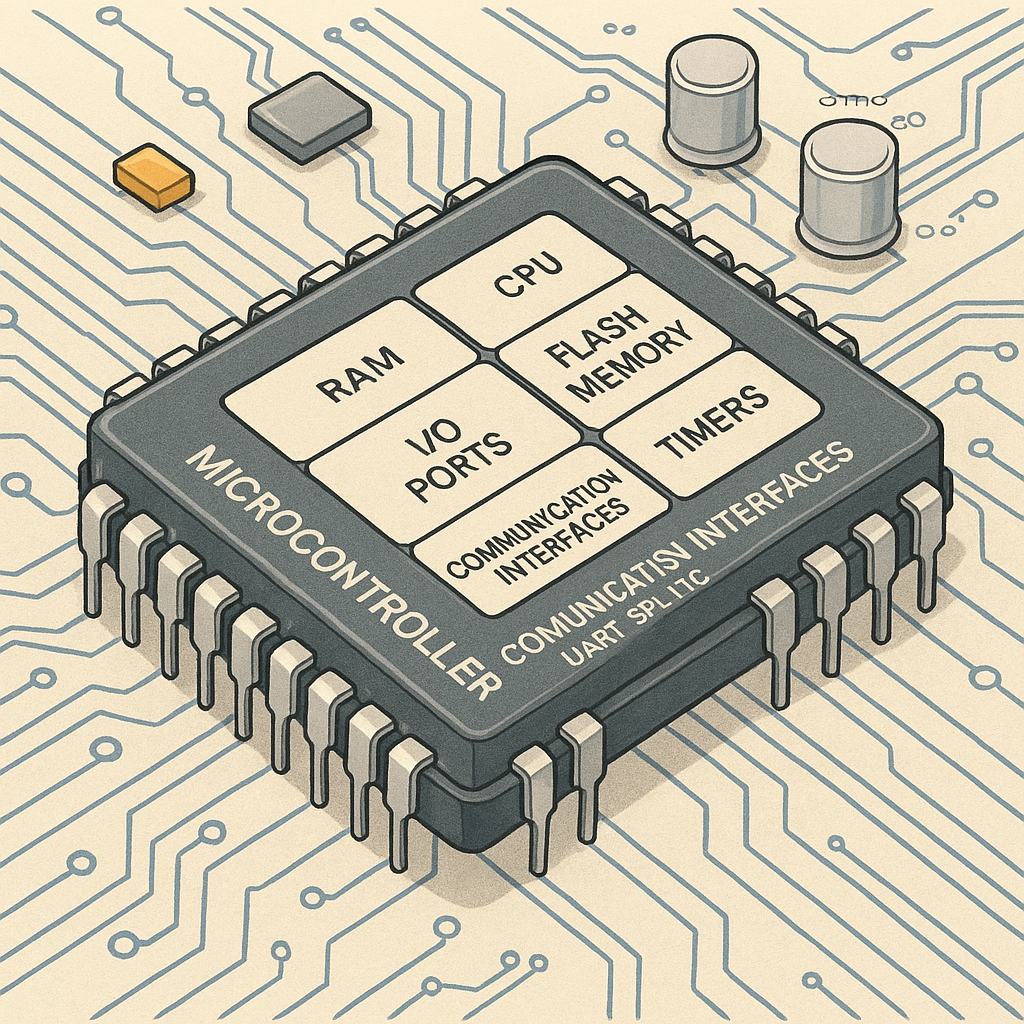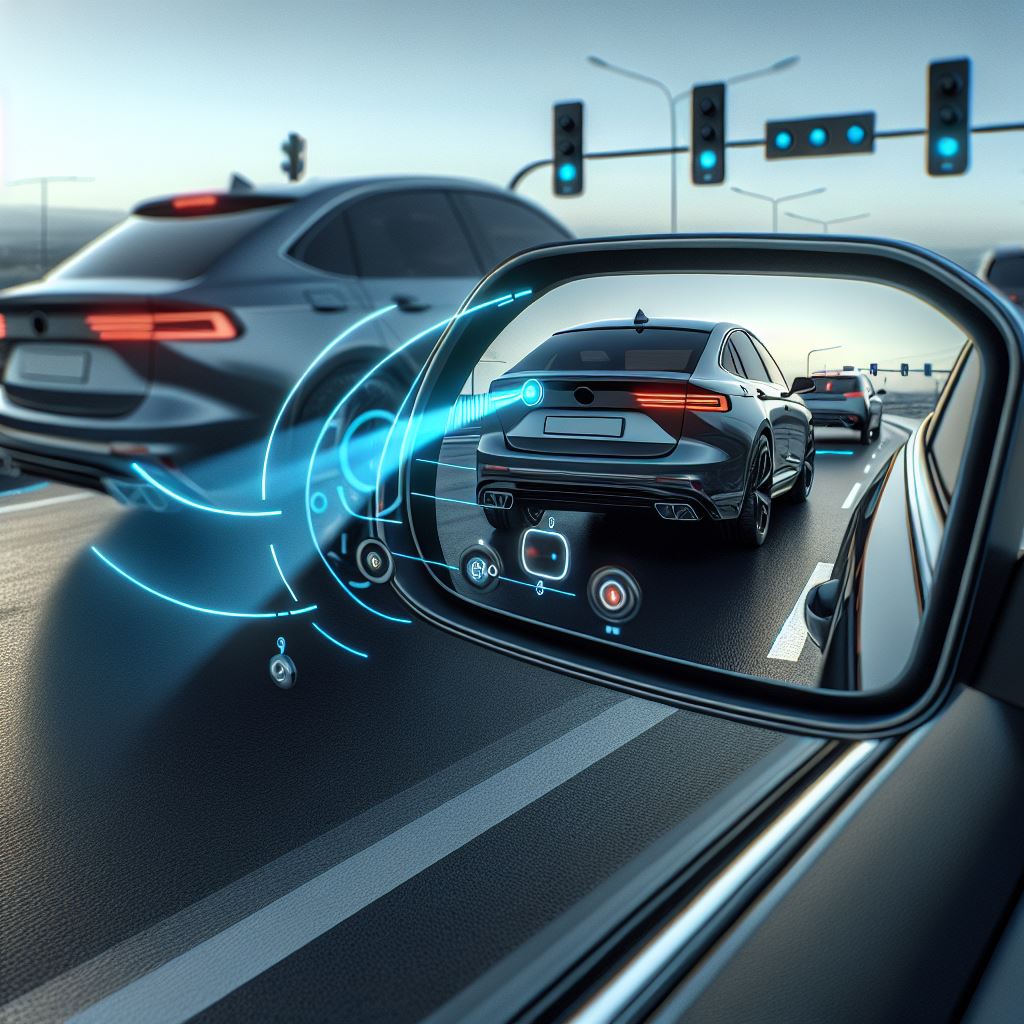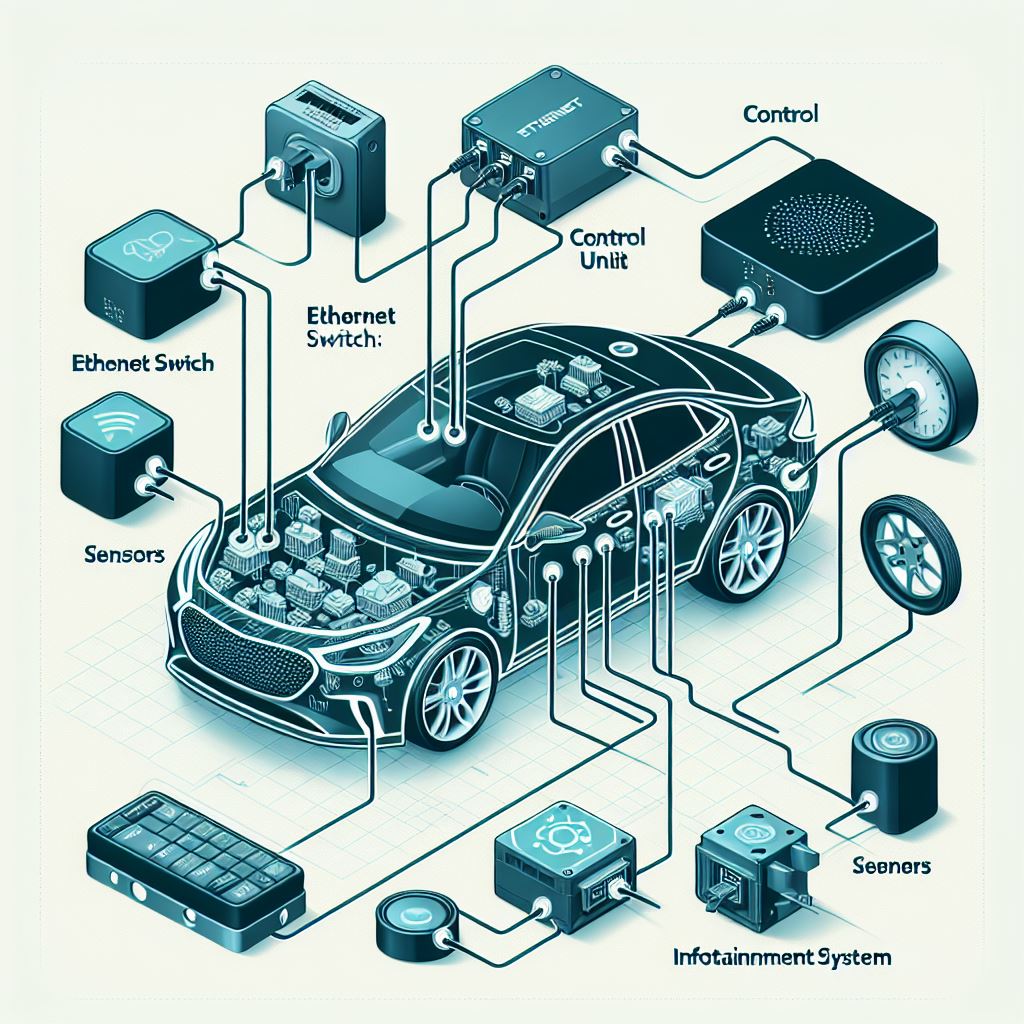What Is a Microcontroller? (With Real-Life Examples in Simple Words)
A microcontroller (often abbreviated as MCU) is a compact integrated circuit designed to execute specific tasks within embedded systems. Unlike general-purpose computers, microcontrollers are optimized for control-based applications—processing input, executing code, and producing output in real time.








